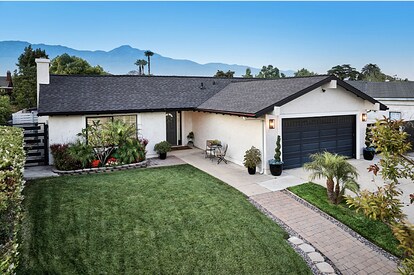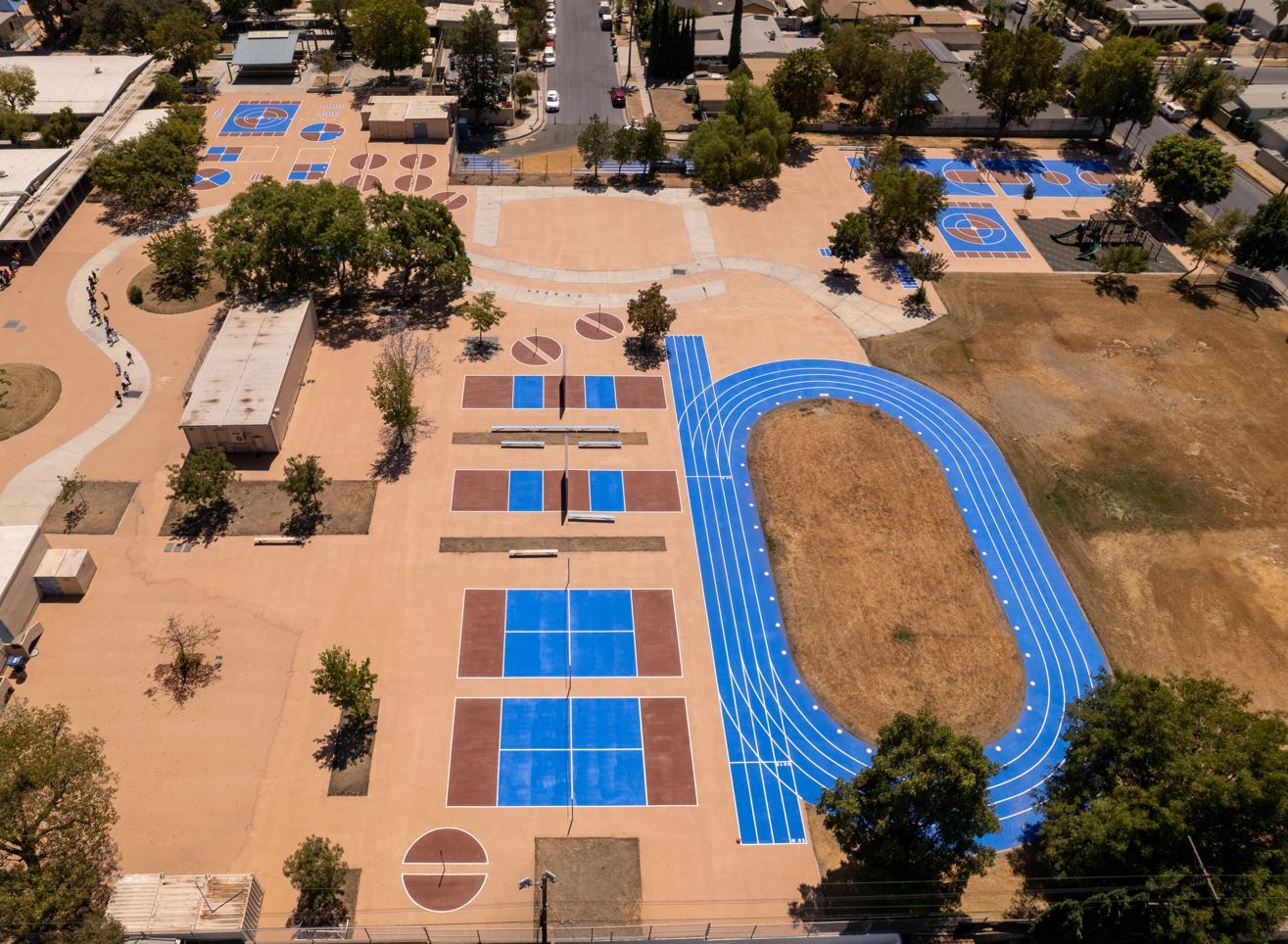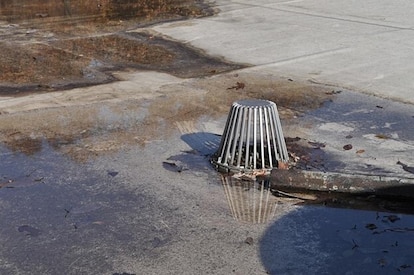
Residential Roofing
Timberline HDZ® Reflector Series Shingles: A New Era in Reflective Shingles
GAF Timberline HDZ® Reflector Series Shingles come in rich, vibrant colors, giving homeowners attractive color options that can be used to comply with the Cool Roof Requirements of Title 24 and the LA County Green Building Standards Code.*Here's why you may want to add these shingles to your business offerings, especially if you work in California.Timberline HDZ® RS ShinglesA few features make these shingles stand out.Meeting California Code ComplianceIn California, residential roofs must meet solar reflectance requirements because they are mandated by California's Building Energy Efficiency Standards Title 24, Part 6 and Los Angeles County Green Building Code. Both codes set a minimum reflectance rating known as the solar reflective index (SRI), which measures a material's ability to reflect sunlight and heat. The lower the SRI value (from 0 to 100), the hotter a material becomes in sunlight. The higher the value, the cooler the material. Shingles with a higher SRI help reduce temperatures by reflecting sunlight which can help reduce the cooling load.The new Timberline HDZ® RS Shingles provide solar reflectance that complies with both Title 24 and the Los Angeles County Green Building Code.Title 24California's Title 24 covers the entire state, unless local requirements are stricter, providing cool roof requirements for residential and commercial buildings based on their locations within 16 climate zones. For residential buildings (new construction), climate zones 1 through 9 and 16 have no cool roof requirements. Climate zones 4, and 8 through 15 require cool roofs for new and reroof applications when more than 50% of the roof is removed.If shingles don't meet the required SRI, alternative paths to compliance include using a radiant barrier, airspace, or additional attic insulation.Los Angeles County Green Building CodeThe Los Angeles County Green Building Code's Cool Roof Ordinance covers buildings in the county and prescribes SRI values depending on the type of building (low-rise residential, high-rise residential and hotels/motels, and nonresidential) and roof slope. High-slope (more than 2:12), low-rise residential roofs must have an SRI of 20 or more. Exceptions apply to roof repairs or replacements where less than 50% of the roof is removed, additions of less than 500 square feet or less than 50% of the total roof area, and green roofs.Selling Points for California HomeownersWhen working with property owners in California and Los Angeles County, you can highlight the following selling points of Timberline HDZ® Reflector Series Shingles.Potential Savings on Cooling CostsReflective roofing may help decrease a roof's temperature and cooling load, which has the potential to lower cooling costs.****StyleTimberline HDZ® RS Shingles provide the darkest highly-reflective shingle available, Charcoal, thanks to EcoDark® granules. They also feature GAF's High Definition® color blends for dimensional, wood-shake look.Peace of MindHomeowners can enjoy heightened confidence when choosing Timberline HDZ® RS Shingles because they come with a Lifetime Limited Warranty***** against manufacturing defects and a 25-year StainGuard Plus™ Algae Protection limited warranty.**Enhancing Homes' AppealHomeowners can rest assured that the new Timberline HDZ® Reflector Series Shingles offer the durability of GAF shingles while providing deep, rich color options to match their unique aesthetic.Color OptionsTimberline HDZ® RS shingles feature newly formulated EcoDark® Granules that provide deep rich, dark colors including Charcoal, the darkest highly-reflective shingle color in California, as well as other popular shingle colors that offer color blends for a more dimensional look.Time-Release Algae Fighting TechnologyTimberline HDZ® RS shingles feature GAF Time-Release Algae-Fighting Technology which uses specially engineered capsules that are infused with thousands of copper microsites. This allows the copper to release steadily over time for long-lasting algae fighting power. It's technology so strong, it powers the 25-Year StainGuard Plus™ Algae Protection Limited Warranty.**WindProven Limited Wind WarrantyTimberline HDZ® RS shingles have LayerLock® technology and the StrikeZone™, nailing area like traditional Timberline HDZ® shingles, and are eligible for the WindProven™ Limited Wind Warranty with no maximum wind speed limitation when installed with the required combination of accessories.***Curious to learn more? Visit the GAF Timberline HDZ® RS Shingles product page for more details.*Can be used to comply with the Cool Roof Requirements for steep slope residential buildings of 2022 Title 24, Part 6, of the California Code of Regulations and the Green Building Standards Code of Los Angeles County.**25-year StainGuard Plus Algae Protection Limited Warranty against blue-green algae discoloration is available only on products sold in packages bearing the StainGuard Plus logo. See GAF Shingle and Accessory Limited Warranty for complete coverage and restrictions.***15-year WindProven™ limited wind warranty covers GAF Shingles with LayerLock® Technology only and requires the use of GAF Starter Strips, Roof Deck Protection, Ridge Cap Shingles, and Leak Barrier or Attic Ventilation. See GAF Roofing System Limited Warranty for complete coverage and restrictions. Visit gaf.com/LRS for qualifying GAF products. For installations not eligible for the WindProven limited wind warranty, see GAF Shingle & Accessory Limited Warranty for complete coverage and restrictions.****Energy cost savings are not guaranteed and the amount of savings may vary based on a variety of factors, such as climate zone, utility rates, radiative properties of roofing products, insulation levels and HVAC equipment efficiency.*****Definition of Lifetime: The word "Lifetime" means as long as you, the original owner(s) [or the second owner(s) if coverage was properly transferred during the Smart Choice Protection Period], own the property where the shingles and/or accessories are installed. The Lifetime warranty is applicable only to shingles and accessories installed on a single-family detached residence owned by individuals. For any other type of owner or building, such as a corporation, governmental entity, religious entity, condominium or homeowner association, school, apartment building, office building, or multi-use structure, the length of the warranty is 40 years. See the GAF Shingle & Accessory Limited Warranty, GAF Roofing System Limited Warranty and GAF Golden Pledge Limited Warranty for complete coverage and restrictions.
By Authors Dawn Killough
September 06, 2024





